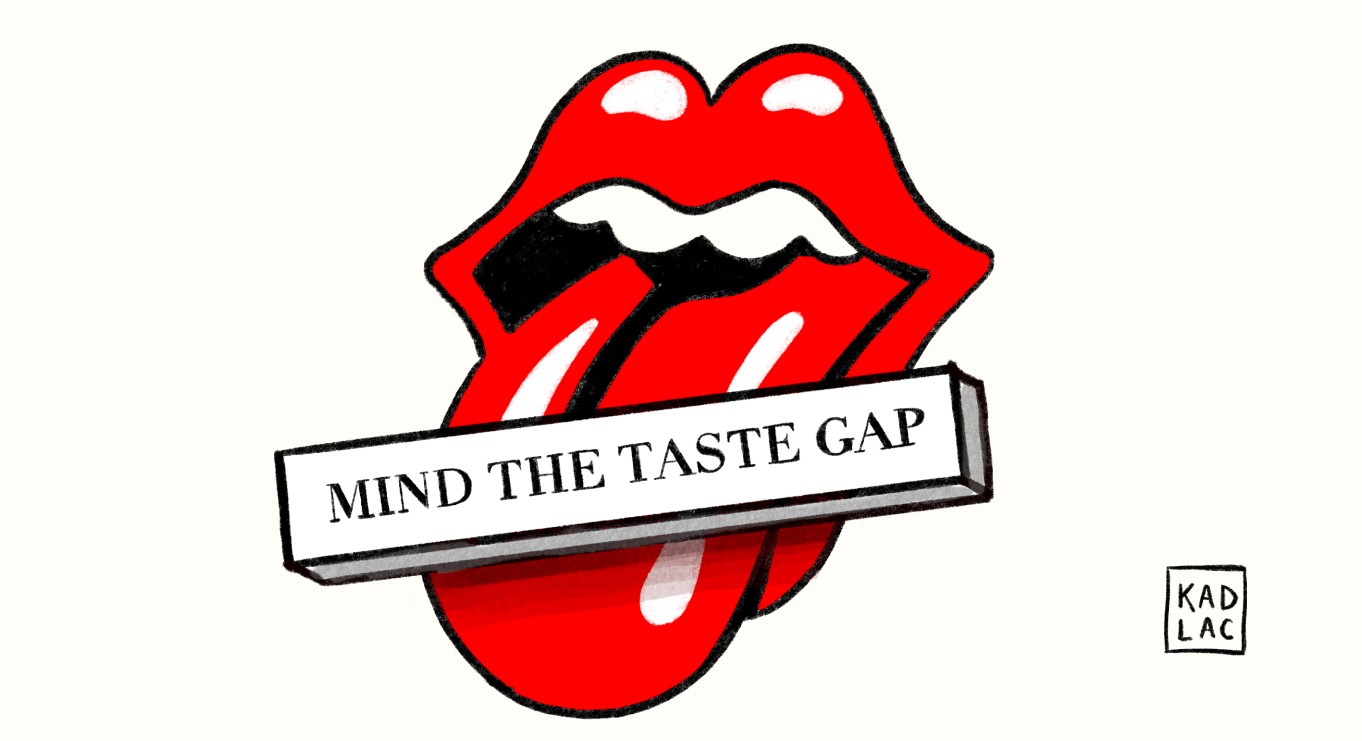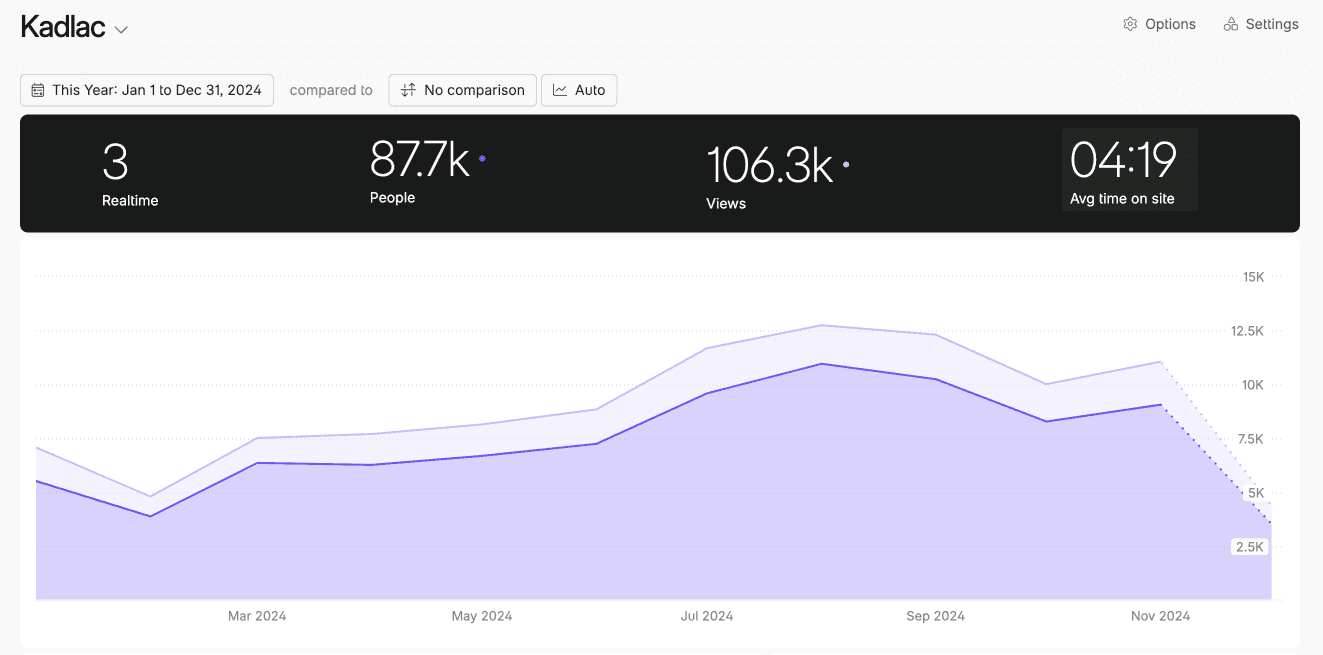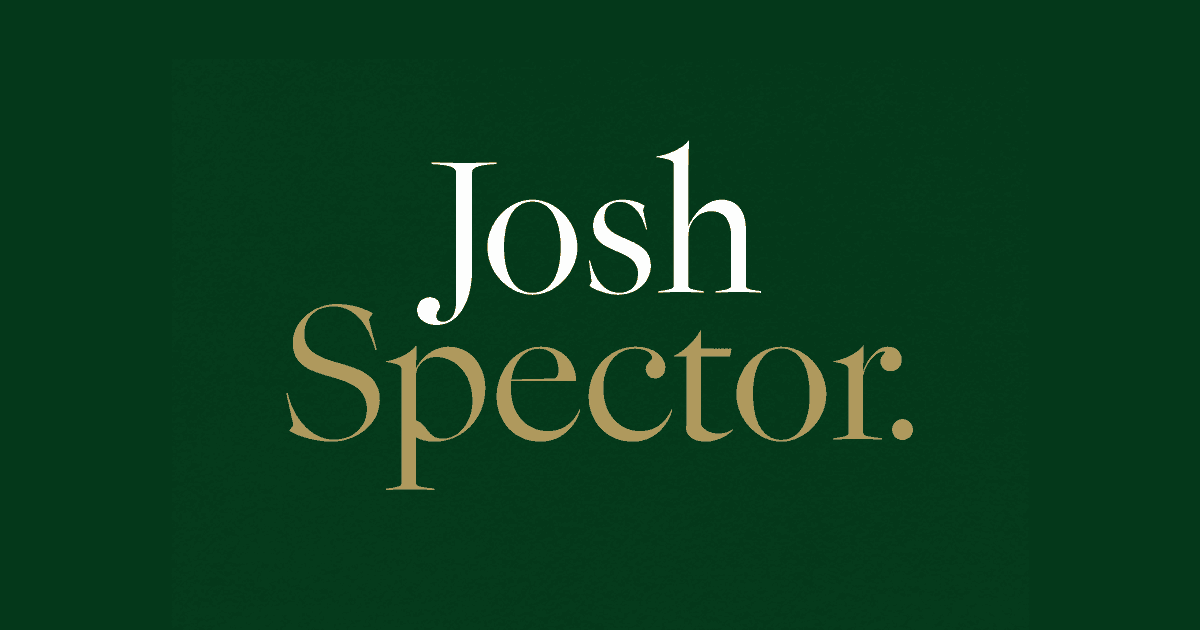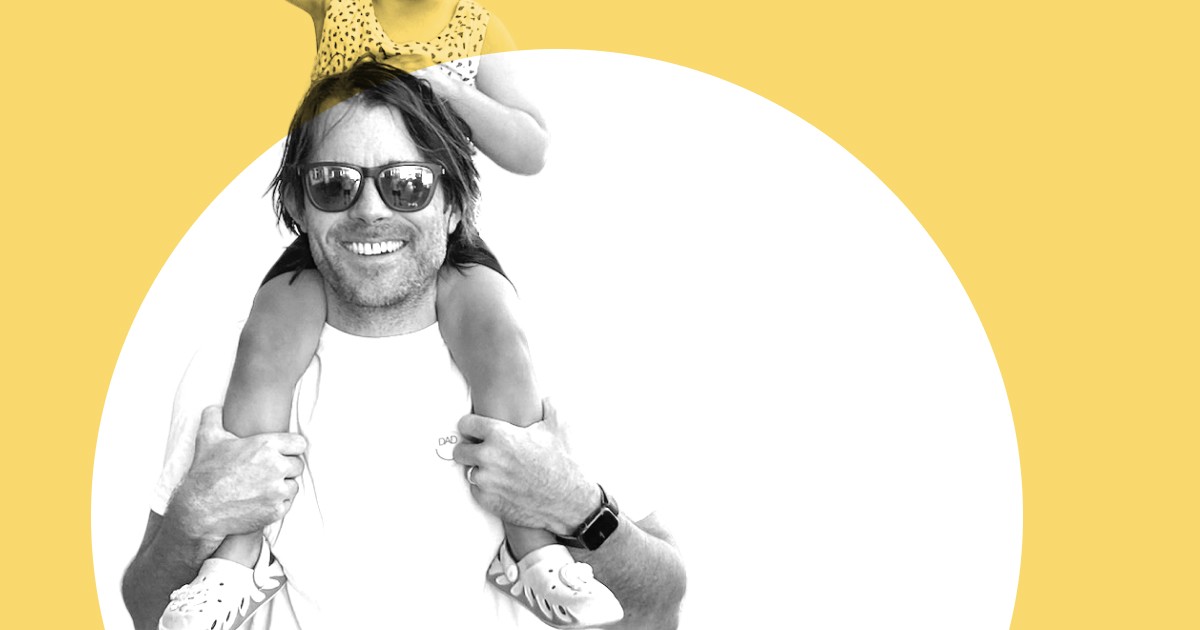Closing the gap between what you love and what you create takes time and curiosity, but it's worth it.
Oct 18, 2022

I’ve been trying to close my own taste gap in design ever since I first started trying to design my first website.
Every time I see something new and interesting, I often think to myself, “How the hell will I be able to do that?” It can feel like you’re running an infinite race with no finish line.
Having taste doesn’t only apply to art and design. It’s the ability to recognize beauty in something. Anything. To understand what makes it different from everything else.
In programming, it might be the way a certain application is written with fewer lines of code. In woodworking, it might be appreciating how an old home is built. In marketing, it might be your curiosity about how a subject line was so elegantly written. Or more literally, it’s Anthony Bourdain traveling the world to better understand the interplay between culture and the taste of food hitting his tongue. RIP.
But being curious and appreciating the beauty in the craft of anything often leaves a gap. And that realization is frustrating.
But I promise you, that curiosity is one of the best indicators that sets you apart from everyone else.
Recognize the taste gap
Every couple of months I teach a live design workshop, and I’ve started to see this recently in my own design workshop. Students will come in fully inspired on a Saturday morning—and slightly nervous—unsure of what to expect from themselves.
If you have never used a creative program like Figma before, or have struggled to make confident design choices, it can feel intimidating. But you’re there, open to what’s possible.
For each person, I can sense that most have a mile-wide gap in taste. It’s evident just by showing up and being curious.
What I mean is there is a long way to go between matching your proficiency to your taste. You’re in the right place if you notice it, but what you do next is most important, because the first few steps forward can compound exponentially.
Ira Glass, host of This American Life identifies with this. “We get into it because we have good taste. But it’s like there’s a gap, that for the first couple years that you’re making stuff, what you’re making isn’t so good, OK? It’s not that great. It’s really not that great. It’s trying to be good, it has ambition to be good, but it’s not quite that good. But your taste — the thing that got you into the game — your taste is still killer, and your taste is good enough that you can tell that what you’re making is kind of a disappointment to you, you know what I mean?”
The larger the gap, the more interesting—and curious—of a person you are.
Closing the gap
Money doesn’t buy taste. And money doesn’t close the gap.
Taste isn’t what shows up on Instagram. It’s not about knowing the ephemeral trends like frayed ankle denim jeans.
The taste gap is representative of who you are now, and where you want to be. The size of the gap represents how curious you are.
If for instance you think something looks easy, and your curiosity stops there, you probably have no idea how difficult it really is. Your taste for that particular area of interest is pretty shallow, and you’re not someone I would pay for help.
We often have many taste gaps. Sometimes we decide to take the time to learn the skills necessary to fill in our own gaps, and sometimes we pay people who have the skills to help us along the way.
This is important in hiring the right people. The taste gap is representative for how high or low someone’s bar is, especially with attention to detail. Anyone can learn a skill, but those with high taste will spend much more energy to reach a bar higher than most. These are the people who will excel at their craft.
It’s why I don’t like to hire people based only on what they’ve done, but by how curious they are. Can they break down why they love something? If you can describe what good taste is, and break it down or show examples, you can always spend the time to build your skills.
And then there are those with such unique taste—plus a matching skill—who are just waiting to take fistfuls of cash. These are the people who truly stand out. The ones with vision and the tools to execute. The ones who keep us stuck in our seats in a movie theater, or our noses buried in their books. We stay on their websites longer or play their albums on repeat. We seek them out to build our mobile apps, or lead our companies.
For these people, the gap has closed between what’s possible and what isn’t.
It’s special, but it takes time. If you have a large gap in taste, you recognize how difficult this feels.
It’s why Kanye famously wrote five beats a day for three summers.
But if you decide to close it, you will move with unimaginable speed. What you create this week will look like garbage next week. And the years after that.
If you embrace the challenge, six months from now you might not recognize yourself.
Closing the taste gap feels like work because it is work. And to you, your work might always look like garbage. But along the way, you’ll realize this isn’t true at all.
Curious about what tools will help you build your own creative business?
Get my free toolkit of 59+ resources that will help you learn, create, and sell online.



